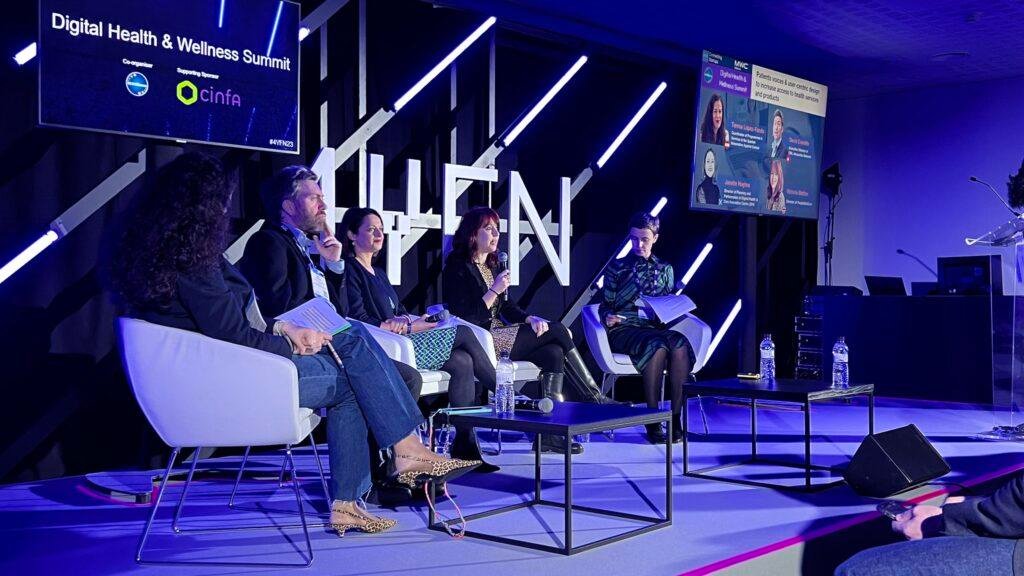
Need for care homes delayed by 8+ months & millions in social care funding redeployed
New research has revealed how potentially life-saving technology is helping older people stay independent at home for longer – delaying a move to a care home by nearly nine months and enabling hard-pressed local authorities to redeploy millions in social care funding.
The results are released as the social care sector continues to come under unprecedented pressure during the Covid-19 outbreak, with health and social care services in the UK and overseas rapidly adapting to support vulnerable people living alone.
Involving three separate studies, the independent research1 includes analysis by health economists and academic researchers in York and Barcelona. It considers the benefits of proactive, reactive, and personalised use of technology to support people in their own homes, in the UK and Spain.
This is the first time the socio-economic value of telecare has been studied in this way – and features analysis of Lancashire County Council’s advanced reactive (emergency response) telecare programme – one of the largest of its kind in the UK.
It found:
- In the UK, with the Lancashire Telecare Service, £4,500 per person per annum was avoided in home care and other social care costs when reactive telecare was included as part of the care services. Based on the 6,000 service user numbers at the time (which has since doubled) this equated to £13.3m per annum.
- In Spain – a global leader in telecare – older people offered proactive and personalised technology (preventative) were able to stay independent at home for on average 8.6 months (262 days) longer, before having to move to a care home facility, equating to a potential cost avoidance of £5,900 per person.
- Proactive and personalised telecare also reduced pressure on emergency services. Emergency calls for help were reduced by 54% and ambulance mobilisations by 36%. There were 256,000 service users in Spain at the time of the study (which has since increased to 320,000).
- Proactive telecare service users reported feeling significantly safer (96%) and more self-sufficient (78%) – with 98% feeling it gave peace of mind to their family, including family members caring for them.
Commissioned by leading telecare provider Tunstall Healthcare as part of a new White Paper report, it is the first independently evaluated, international research of its kind. Researchers compared older people receiving telecare with similar groups not offered the technology as part of their care. Technology included home emergency alarms, automatic fall detectors, smoke, heat and carbon monoxide sensors, movement detectors and key safes. Devices were linked to monitoring centres and operators who helped ensure people received the care and support they needed.
Zillah Moore, Marketing Director UK & Ireland of Tunstall said:
“Until now there has been lack of independent analysis on the impact telecare is having on health and social care systems – and this is the first time the socio-economic value has been studied in this way. It proves the benefits that can be realised, and that when technology is deployed in a person-centred way, it can create a more sustainable and resilient health and care system.”
Tony Pounder, Director of Adult Services at Lancashire County Council said:
“We have invested significantly in telecare over last five years, working with Tunstall, and Progress Housing Group to help keep people safe, improve their outcomes and in turn provide more cost effective care. We’ve seen where it can save lives, and support family and other informal carers, giving them peace of mind. Telecare triggers a quicker response in an emergency and reassures people who know their relative is safer and living more independently at home, where the majority of older people prefer to be.”
Health economist Nick Hex of the York Health Economics Consortium, who studied Lancashire’s Telecare service, said:
“We are now doing further analysis to find out whether telecare makes a difference in the use of NHS resources, for example visits to A&E and admission and readmission to hospital.”
